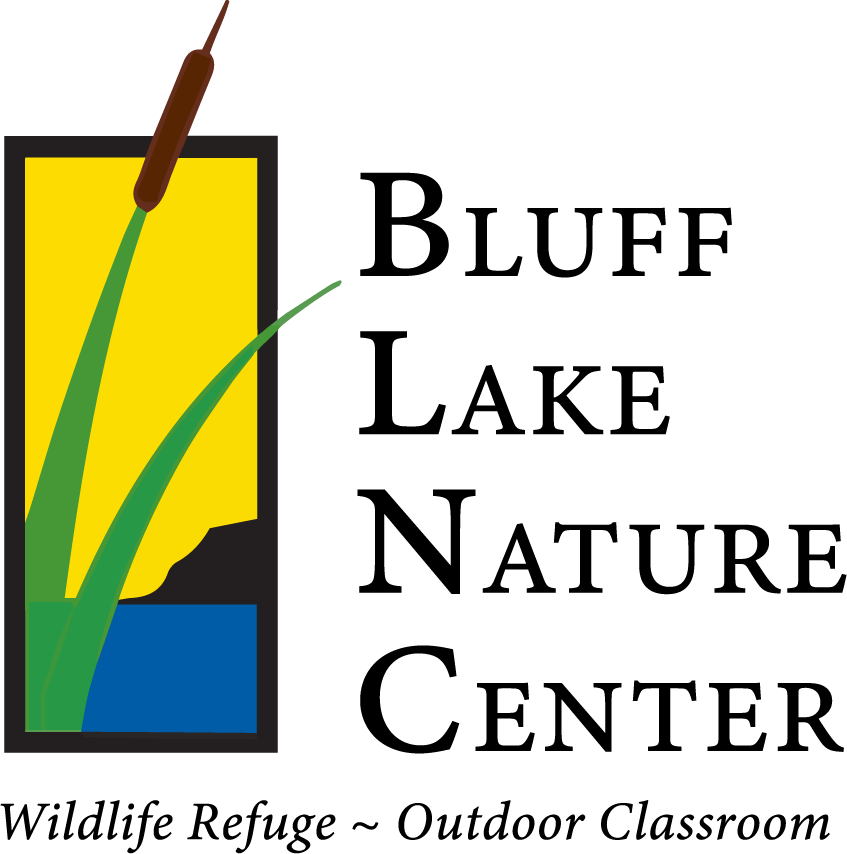Problem Based Learning
Description
Format
-
Bluff Lake educators would come visit classrooms and students would be introduced to basic philosophy terminology that would enable them to form answers to the question “What’s your connection to the environment?” At this point, students would have an individual reflection assignment that will help transition into the next phase.
-
Bluff Lake educators would come visit classrooms again and begin with a recap of the last phase and then transition into a deep dive into Bluff Lake’s mission statement and what work staff from various departments do day-to-day to promote this mission.
Mission
BLNC educates individuals to be engaged, resilient, and curious; conserves a natural area in the city; furthers equity in outdoor access; and nurtures the health and well-being of communities and ecosystems.
Bluff Lake Nature Center is both a wildlife refuge and an outdoor classroom. Highlighting both of these aspects from both an educational and land management perspective will give insight to what working in these careers can look like and provide insight to the tools and skills used in each of these roles.
-
Classes come for a site tour of Bluff Lake. Students will have the opportunity to take notes, ask questions, and see many tools used in practice. The goal at the end of this trip would be to develop a problem definition statement and a subsequent research question (can be solo or in small groups) that can be prototyped. Examples of possible research questions are “What can Bluff Lake do to ensure that human visitors do not harm animal habitats?” or “How can Bluff Lake interact with community members of Denver and Adams County to reduce the amount of trash coming into the site from local neighborhoods?”
-
At this point, the students would return to class to work on their problem definition statement, adapted from the research question chosen. Phase 4 represents the Intermediate Design Review, a chance for students to gain intermediate feedback to use for their final design iterations. Phase 5 would be a Final Design Review in which a more formal presentation showcasing the project and how previous feedback was incorporated into the final design would be done. While there are not any set follow-ups beyond this, future steps could involve doing a related service project or returning to the site to implement the idea. As this is a very broad project, the possibilities are truly endless and having experiences to bring in several forms of knowledge will prove to be infinitely valuable in the long run.
Questions? Contact Wyatt Ellison at wyatt@blufflake.org


